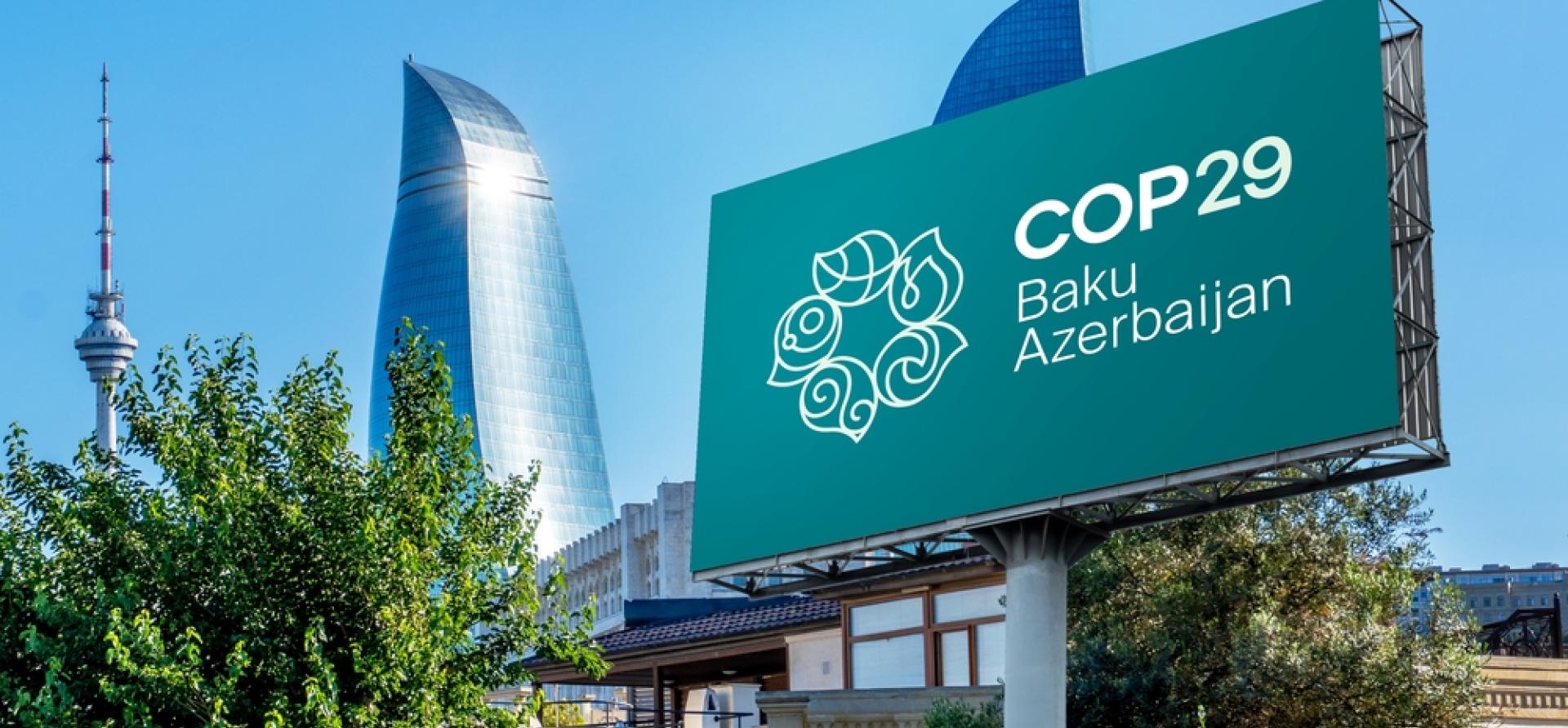Spotlight on COP29: Moving climate finance from commitment to delivery

Key Findings
While the US$100 billion goal announced at COP15 was achieved in 2022, two years post the initial deadline, it has been fraught with concerns over the quality of finance mobilised and what kind of fund flows are actually counted towards that goal.
Fund mobilisation mechanisms should not be cumbersome for countries to access. Funding commitments should be negotiated based on the consideration of catalytic potential for private capital mobilisation and should aim at de-risking private sector investments rather than competing with them for commercial return generating projects and assets.
The identification of funding opportunities and pipelines should be made a key feature of such funds to avoid delays. The private sector should be made an implementing partner rather than a beneficiary of such funds to ensure its concerns are addressed during fund design and negotiation.
Cross-border collaboration to increase private capital flow from developed to developing nations is crucial for keeping emerging markets and developing economies (EMDEs) on track for decarbonisation. The UNFCCC's Conference of Parties (COP) serves as a key platform to establish these partnerships.
Despite ambitious commitments, disbursement from COP-established funds has been slow and focused on loans, limiting catalytic private investment. To ensure real impact, the upcoming COP29 in Baku must prioritise implementation, granularity and private sector involvement over mere announcements.
Past COP Initiatives to Mobilise Climate Finance
The largest and most influential COP climate finance pledge was the US$100 billion commitment made by developed countries to help developing countries fight climate change at COP15. This was expected to unlock private capital by providing public financing support.
At COP26, Just Energy Transition Partnerships (JETPs) were established to support the energy transition in coal-dependent countries like South Africa and Indonesia. A JETP for South Africa was announced by the Global North for US$8.5 billion.
COP27 provided a much needed breakthrough on financing loss and damage through a dedicated fund and financing mechanism. This was a significant step towards financing adaptation needs in vulnerable countries, as opposed to mitigation that had historically received the lion’s share of climate finance flows. While not focused on mobilising private capital, this would eventually help vulnerable countries direct scarce public resources to derisk private investments.
At COP28, a US$30 billion catalytic fund was launched by the UAE to unlock private finance to the tune of US$250 billion by 2030 in the Global South. It focused on energy transition, industrial decarbonisation, sustainable living and climate technologies. COP28 also saw US$792 million being pledged for the loss and damage fund created at the previous COP.
More Talk, Less Action
The multibillion-dollar commitments announced at previous summits have not really moved the needle in terms of providing capital for the Global South.
While the US$100 billion goal announced at COP15 was achieved in 2022, two years post the initial deadline, it has been fraught with concerns over the quality of finance mobilised and what kind of fund flows are actually counted towards that goal. Additionally, while public funds from both bilateral and multilateral channels accounted for 80% of the total flows in 2022, mobilised private capital reached only US$21.9 billion, a far cry from what was needed to finance the transition in the Global South.
The South Africa JETP announced at COP26 has secured only one-tenth of the funds it needs, as of July 2024. Most of the support is in the form of loans in foreign currencies, which may not have any catalytic effect on mobilising private capital. South Africa had been negotiating loan guarantees to unlock private capital with its donors. The lack of grant funding and concessional capital, and providing majority commitment in the form of commercial capital raises concerns over the credibility of JETPs as a mechanism to finance the energy transition in the Global South.
The Loss and Damage Fund has met a similar fate. Despite soaring needs for adaptation funds from vulnerable nations, the fund itself is not expected to hand out any money until 2025. The board of the fund is considering providing concessional loans rather than simple grants that could financially burden countries like Pakistan and Zambia.
The US$30 billion fund, ALTÉRRA, announced at COP28, has made good progress, having placed US$6.5 billion with private sector financial institutions BlackRock, TPG and Brookfield. However, one of the funds anchored by Blackrock has invested US$300 million in a major fossil gas pipeline in North America, which goes against the core tenet of the climate fund.
More Granularity, Openness and Negotiations
The track record of finance mobilisation from funds announced at COP events does not match the fanfare with which they are announced.
The devil lies in the details here. The fine print of the negotiations should be agreed upon in as much granularity as possible when these funds are announced to avoid delays in disbursement.
Fund mobilisation mechanisms should not be cumbersome for countries to access. Funding commitments should be negotiated based on the consideration of catalytic potential for private capital mobilisation and should aim at de-risking private sector investments rather than competing with them for commercial return generating projects and assets.
Finally, the identification of funding opportunities and pipelines should be made a key feature of such funds to avoid delays. The private sector should be made an implementing partner rather than a beneficiary of such funds to ensure its concerns are addressed during fund design and negotiation.
COP29 in Baku is being touted as the “Finance COP”. However, it must focus on implementation modalities rather than big bang announcements in order to drive real change.
This article was first published by Outlook Business.
















